gunghorjc
TPF Noob!
- Joined
- Mar 27, 2010
- Messages
- 23
- Reaction score
- 0
- Location
- Michigan, U.S.A.
- Can others edit my Photos
- Photos OK to edit
I can't really seem to find a "direct" answer w/ google, and I've looked in the stickies for this board and can't find them there either.
So I'm confused how lens lengths affect the type of photos you'll produce. I'll be purchasing my digital SLR within a month and I'm debating going with just the kit lens to start off, or with another one as well.
Does the longer lens (i.e. 300mm) allow you to get a great depth of field for scenic shots? Or are the longer lenses for more extreme close ups for flowers, bees, bugs, etc?
I hate to be redundant if I this has been asked a gazillion times but it is something I'd like to know. Any links anyone could supply that explain it would be really awesome too! Thanks.
So I'm confused how lens lengths affect the type of photos you'll produce. I'll be purchasing my digital SLR within a month and I'm debating going with just the kit lens to start off, or with another one as well.
Does the longer lens (i.e. 300mm) allow you to get a great depth of field for scenic shots? Or are the longer lenses for more extreme close ups for flowers, bees, bugs, etc?
I hate to be redundant if I this has been asked a gazillion times but it is something I'd like to know. Any links anyone could supply that explain it would be really awesome too! Thanks.


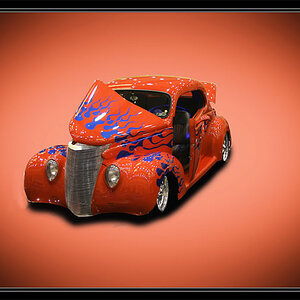
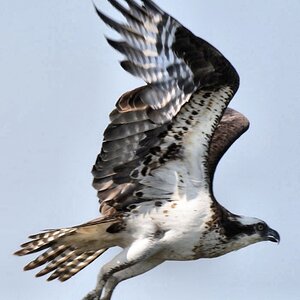
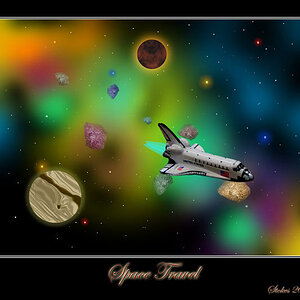
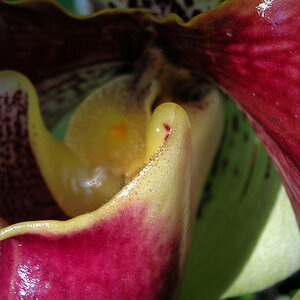
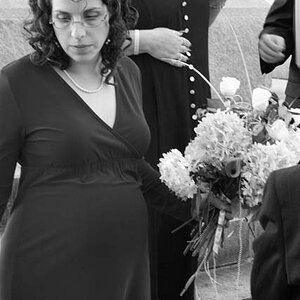
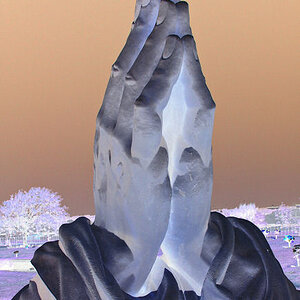
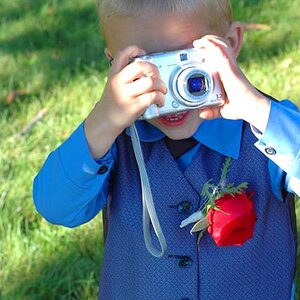
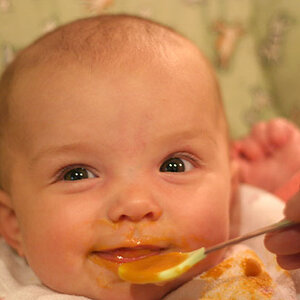
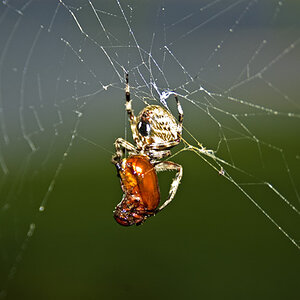
![[No title]](/data/xfmg/thumbnail/41/41783-314fbf7e0c66dfa41b2a2d535aa3a9cd.jpg?1619739891)
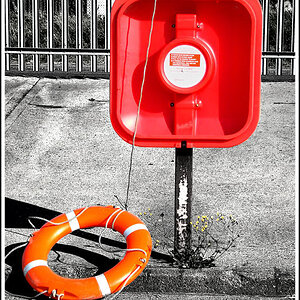
![[No title]](/data/xfmg/thumbnail/42/42464-98a778e864f4e6df2a9cc673b7549322.jpg?1619740192)